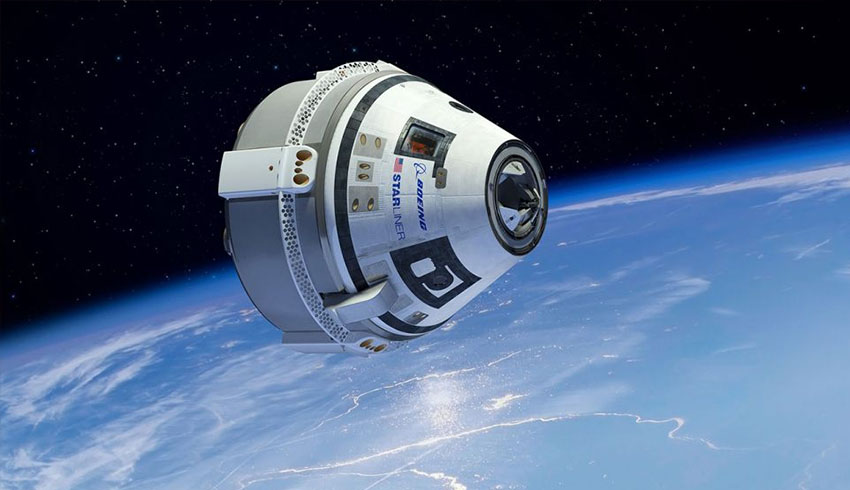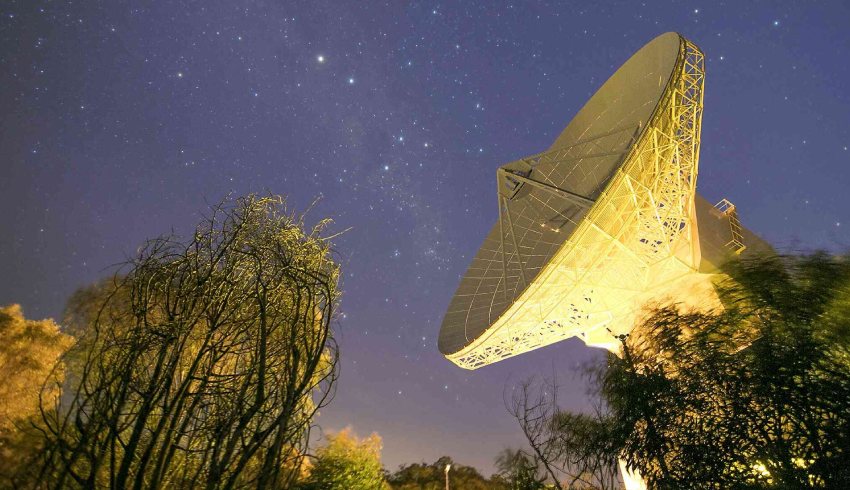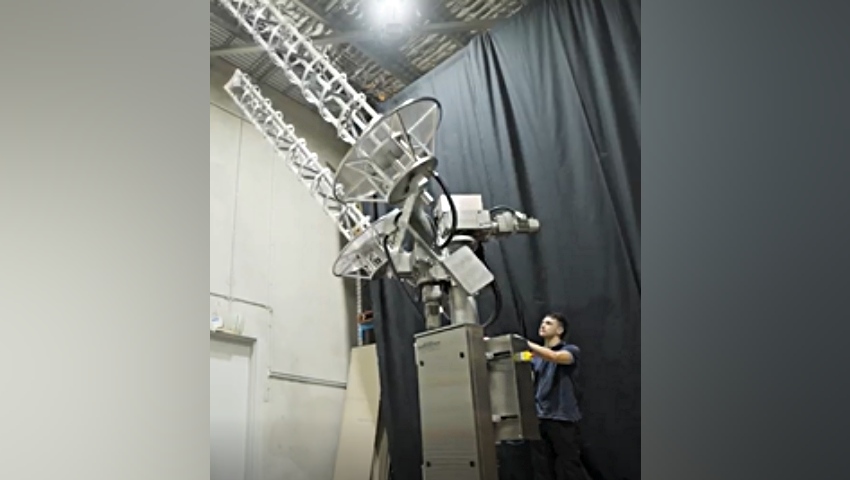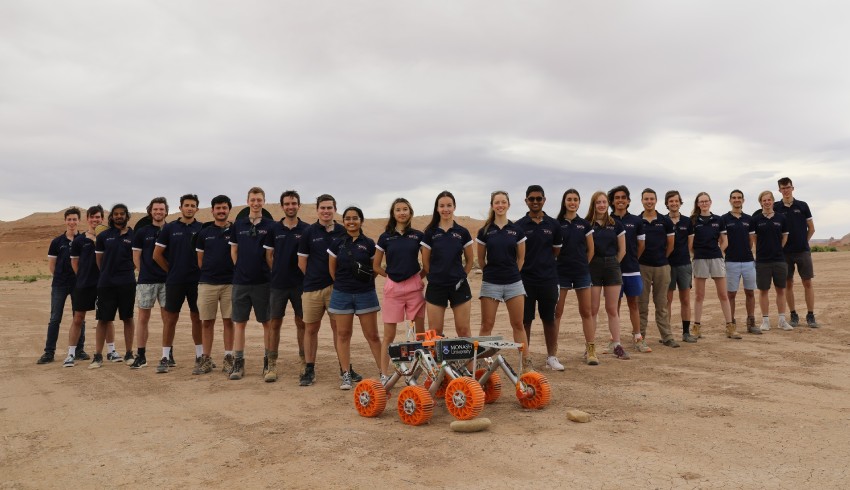
The second software fault was discovered and corrected while the Starliner was in space in December.
The NASA Aerospace Safety Advisory Panel is now recommending a review of Boeing’s software verification processes.
Starliner is a space capsule with capacity for up to seven crew members designed to travel to and from the International Space Station (ISS).
During its initial uncrewed orbital test flight in December, Starliner had to abort its rendezvous with the ISS because onboard software wasn’t keeping proper mission time.
Had there been no problem, Starliner would have made its first crewed test fight in mid-year and its first crewed operational flight at end of year.
Starliner may now need to repeat its uncrewed test flight and successfully dock with ISS before it can proceed to a crewed mission.
That could be delayed even further with the revelation of the second onboard software problem.
Spacenews said the problem was discovered during ground testing while the spacecraft was in orbit and disclosed during the meeting of the safety panel this week. The panel was reviewing Starliner’s December flight.
“While this anomaly was corrected in flight, if it had gone uncorrected, it would have led to erroneous thruster firings and uncontrolled motion during separation for de-orbit, with the potential for a catastrophic spacecraft failure,” said NASA safety panel member Paul Hill.
Full details of the anomaly haven’t been disclosed.
However, Hill said this pointed to broader issues with how Boeing develops and tests spacecraft software.
“The panel has a larger concern with the rigor of Boeing’s verification processes,” he said.
“Further, with confidence at risk for a spacecraft that is intended to carry humans in space, the panel recommends an even broader Boeing assessment of, and corrective actions in, Boeing’s processes and verification testing.”
That will need to be done for a formal NASA review to determine flight readiness for either another uncrewed flight test or proceeding directly to a crewed test flight.
A second uncrewed test will be expensive.
Boeing revealed last month it was taking a US$410 million charge on its earnings to cover the cost of a second uncrewed test flight. A decision is expected by the end of this month.
Receive the latest developments and updates on Australia’s space industry direct to your inbox. Subscribe today to Space Connect here.









